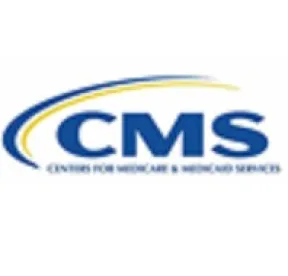As the White House looks to soon reopen parts of the United States, the Centers for Medicare & Medicaid Services (CMS) has released its first set of guidelines for healthcare providers in regions that have seen stabilizing COVID-19 trends. The guidelines relax prior CMS recommendations that facilities limit and postpone non-essential care and elective procedures.
CMS’s new recommendations, announced on April 19, specifically target regions that have reached Phase I of the Trump Administration’s Guidelines for Opening Up America Again. Phase I regions will have met certain “Gating Criteria,” including showing that within a 14-day period, there has been a downward trajectory in documented cases or positive tests, as well as a downward trajectory of influenza-like and COVID-19 cases. Regions must also show that they have adequate hospital capacity and a robust testing plan for at-risk healthcare workers.
While these regions would have relatively lower incidences of COVID-19, CMS still strongly encourages the maximum use of the expanded telehealth options. But where in-person care is needed, “Non-COVID-19 care should be offered to patients as clinically appropriate and within a state, locality, or facility that has the resources to provide such care and the ability to quickly respond to a surge in COVID-19 cases, if necessary.” CMS Administrator Seema Verma described the guidelines as providing “a gradual process for restarting non-COVID-19 essential care while keeping patients safe.”
The guidelines list a number of general and specific considerations, including:
- Keep an eye on COVID-19 trends. In coordination with local public health officials, make sure the incidence and trends for COVID-19 in the area support providing additional care.
- Evaluate and Prioritize Non-COVID -19 Care. Facilities should evaluate and prioritize the clinical necessity of the different types of non-COVID care, including any preventative services that are highly necessary.
- Establish Non-COVID Care (NCC) zones. Facilities should establish separate areas for providing non-COVID-19 care and where patients, staff and other workers would be screened for COVID-19 symptoms prior to entry.
- Try to Avoid Workforce Transmission. Facilities should be prepared to routinely screen staff for COVID-19 symptoms and to avoid staff crossover into COVID-19 treatment areas. Additionally, staffing levels should remain adequate in the event of a potential surge in COVID-19 cases.
- Personal Protective Equipment (PPE). While noting the need to conserve PPE, both patients and employees should wear facemasks. Patients should at least wear cloth masks and physicians and staff should routinely wear surgical facemasks, unless a procedure calls for additional PPE.
- Establish Distancing Protocols and Maintain Adequate Resources for Potential Surge. Facilities should establish effective protocols and engineering to maintain appropriate social distancing and for sanitation. Resources should remain available to handle a COVID-19 surge.
- Testing. As noted, patients, staff and other entrants to a non-COVID care zone should be screened for COVID-19 symptoms prior to entry. When adequate laboratory testing is available, patients should be screened before care, and staff should be routinely screened.
As the guidelines emphasize, careful planning will be required to resume in-person, non-COVID-19 care. Given the dynamic environment of the pandemic, healthcare providers must be prepared to closely coordinate with state and local authorities. CMS expects to issue additional recommendations in the future.



 />i
/>i

